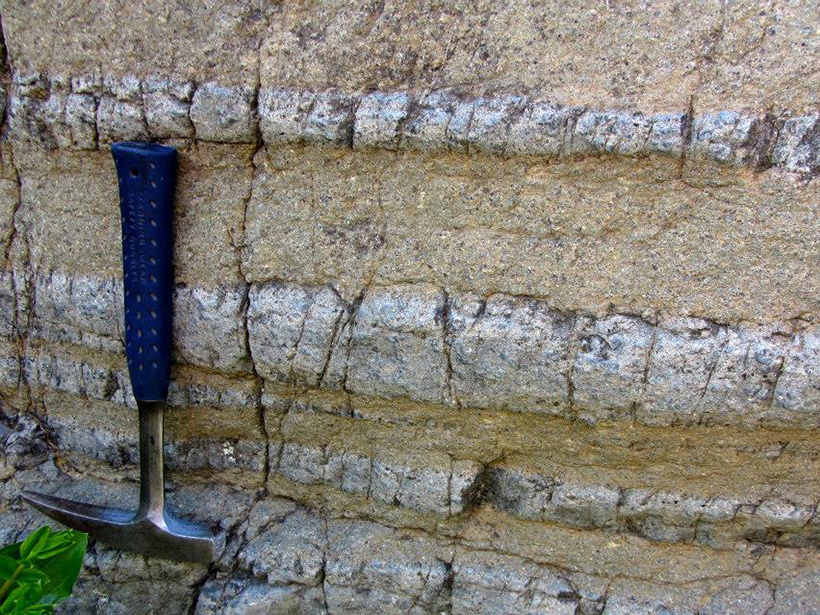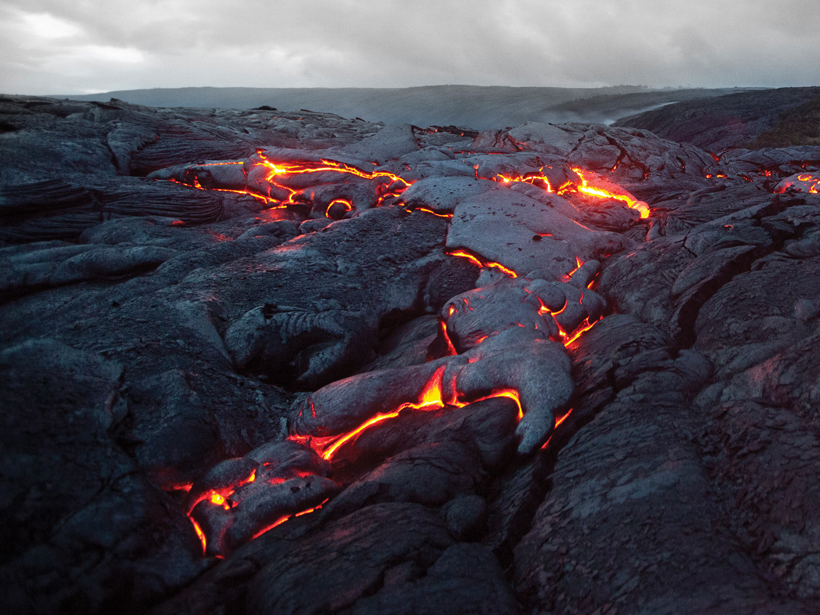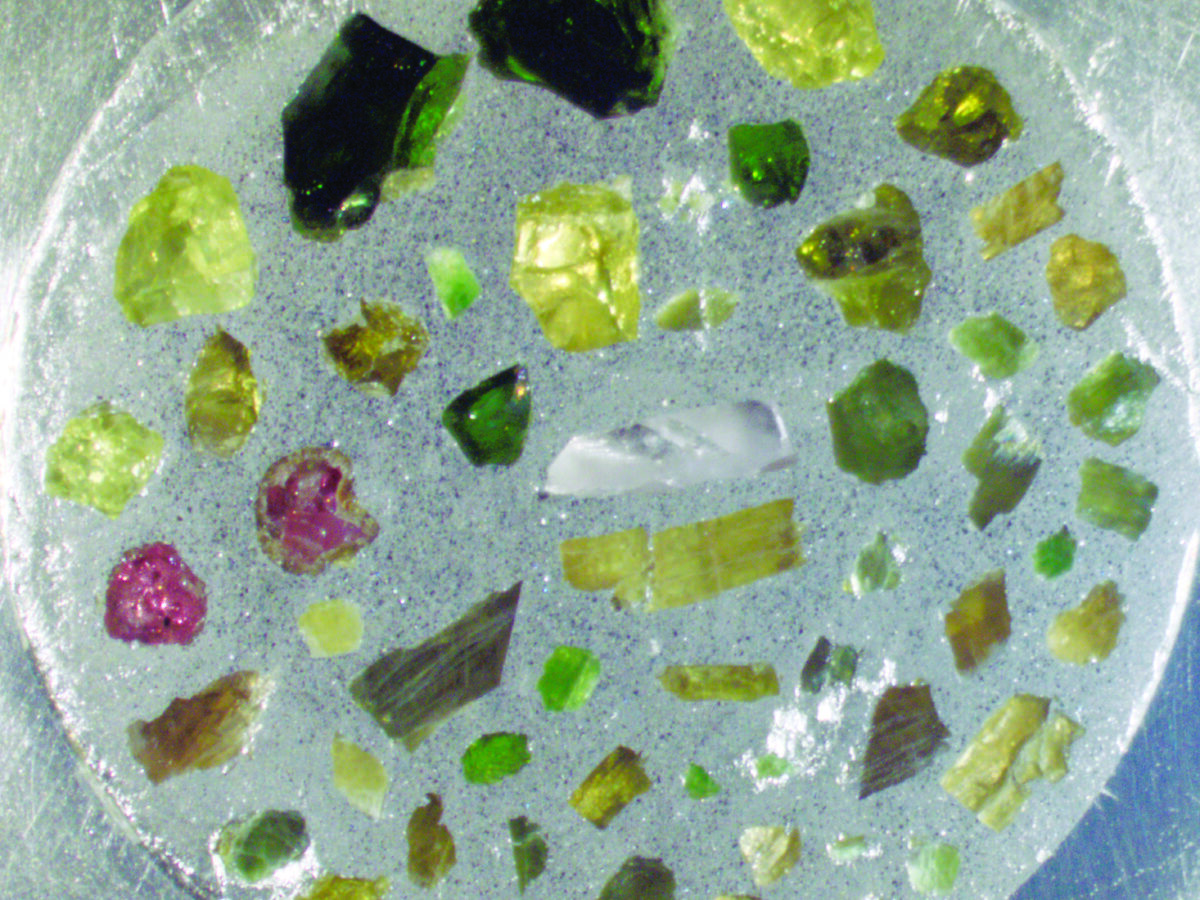A new model of the melting behavior of certain mantle rocks gives researchers a better understanding of the source of oceanic lavas.
Earth's mantle
Variable Mantle Lies Below Ancient Pieces of Earth's Crust
Underneath old and stable pieces of Earth's crust in North America, the mantle's uppermost portion contains multiple layers that change the velocities of seismic waves.
UAE-Oman Mountains Give Clues to Oceanic Crust and Mantle Rocks
When oceanic plates meet continental plates, the continental plates usually come out on top. Cases where this is reversed provide valuable access to oceanic crust and mantle materials.
What Lies Deep in the Mantle Below?
For decades, scientists have probed Earth's remote mantle by analyzing how seismic waves of distant earthquakes pass through it. But we are still challenged by the technique's limitations.
Dry Minerals in the Lower Mantle
Laboratory-made perovskite helps explain how water is distributed inside the Earth.
Mantle Below North American Plate Newly Modeled
Data from seismometers spread out across the United States give new clues to the location of structures in the underlying mantle.
What Happens to Minerals as They Get Squeezed in the Mantle?
Researchers test how different minerals found in the Earth’s mantle respond to high temperatures and pressures.
Pyroxenes Can Be Used to Estimate Upper Mantle Water Content
Scientists suggest using the mineral pyroxene to study the water content of the Earth’s upper mantle.






